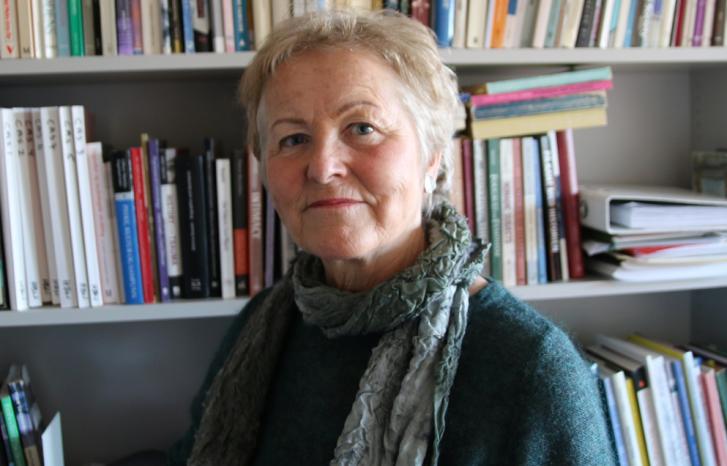Women drive less than men, and they live closer to where they work. Research has documented this over time and in several countries, Norway included.
Whether this is connected to how much men and women work however, has received less scholarly attention.
Researchers at the Norwegian Institute of Transport Economics Randi Hjorthol and her colleague Liva Vågane have studied transport patterns among couples. The study shows that for women there is a connection between full time work, living in the city and short travel distance to work.
“If women want to work full time, it certainly looks like it's an advantage to live in the city. The city offers better opportunities for combining a full time job with other responsibilities,” says Hjorthol.
Time spent travelling back and forth from work is a factor which comes into the equation when families organise their everyday life.
Partners have to negotiate when it comes to working hours, the distance between home and the workplace, who gets to take the car (usually the man), who delivers and picks up the children, and who does the shopping.
Women organise the daily life
So why do women adjust their lives by choosing a workplace closer to home? The answer is the same old: Because women need time to pass by the grocery store to get food for the family, and the kindergarden to get the kids.
Hjorthol’s study shows that women are still responsible for the majority of the household shopping regardless of whether they work full time or part time.
Whether or not they had children had an effect on women’s transport patterns, it did not however have any impact on the men. Women with no children or with children aged between 7 and 12 allowed themselves a slightly longer distance to work than women with small children.
Among couples where both worked full time, however, the partners shared the responsibility to deliver and pick up the children more equally. Among traditional couples where the man works full time and the woman works part time, this was the woman’s responsibility.
“Women have more fixed responsibilities which curtail their everyday lives, regardless of where and how many hours they work,” says Hjorthol.
“According to our analysis it seems that the compact city, which offers shorter distances between home and the workplace and between other services such as kindergarten and the supermarket, provides better conditions for women who wish to work full time.”

Women living in the outskirts of cities, who had to travel farther in order to get to work, primarily worked part time.
Their male partners had equally long distances to work, but they nevertheless worked full time.
See also: Mum takes more responsibility for the children, even in gender equal couples
Increased differences in transport patterns
The study of family life and transport practices is based on answers from a Norwegian national survey on travel practices (Den nasjonale reisevaneundersøkelsen) from 2009.
The researchers have selected 9500 people from among nearly 30 000 participants. The selected respondents are working people with a working partner. These couples were then divided into four groups.
The two largest groups consist of "equal couples" where both parts work full time and "traditional couples" where the man works full time and the woman works part time. The two smaller groups consist of couples where both parts work part time and couples where she works full time while he works part time.
Hjorthol was surprised when she compared the groups and their travel patterns. Within all groups, women travelled significantly less than men. Even within the largest group where both parts work full time, men travelled 32 per cent farther to work than women.
Also among the couples who lived in the city, men traveled significantly farther to work than women. This was also the case among couples who possessed two cars.
“With women’s increased participation in the labour market and gender equality being on top of the agenda, you would think that the difference in travel time to work would decrease,” says Hjorthol.
Instead, the opposite has taken place. The differences have increased.
In 1985, the average distance between home and the workplace was 4.6 km longer for men than for women. In 2009, this distance had increased to 7.4 km. On average, men travel 18.1 km to work whereas women travel on average 10.7 km.
Less opportunities in the labour market
“Our results clearly show that women are the ones who make adjustments in order to combine work and family life,” says Hjorthol.
In order to have time for all the other responsibilities a family life entails, a shorter distance between work and home is necessary for women. Spending an hour in the car to and from work takes up time needed to organise family life.
This means that there are geographical restrictions concerning where women apply for work. According to the figures, men do not experience these restrictions in the same way.
“This implies that politics regarding regional diversification of the labour market is not gender neutral,” says Hjorthol.
“As long as it is the women who adjust their working hours and the distance to work in order to make room for family life, regional diversification of the labour market will benefit men. Men are the ones who have the opportunity to travel far to work, regardless of the family.”
Translated by Cathinka Dahl Hambro.
Randi Hjorthol is the chief research sociologist at the Norwegian Institute of Transport Economics.



